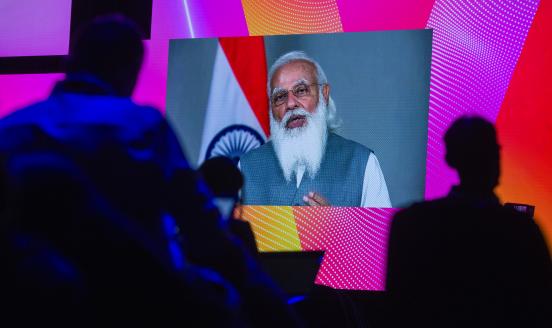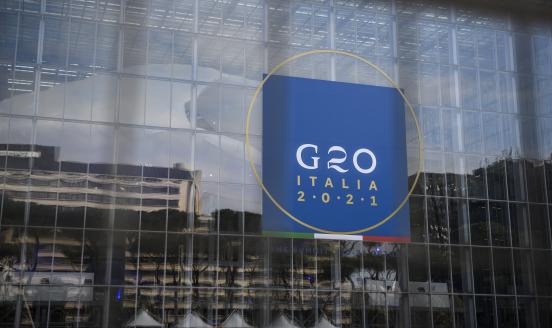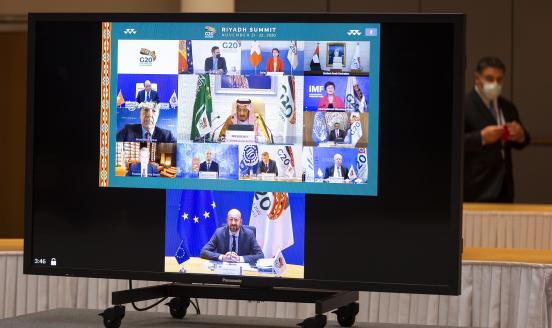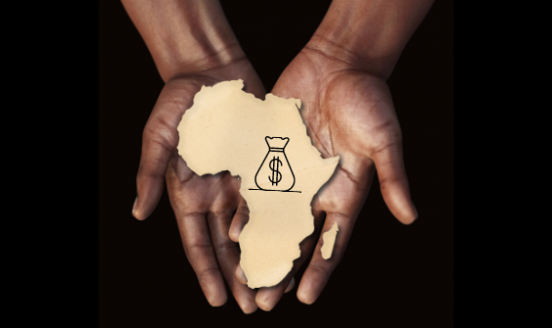Will Modi’s push for economic self-reliance succeed?
In its recovery, India will wish to consolidate market access for its export of services to rich countries and make the country’s growing market most
India has pursued two linked objectives since its independence and partition in 1947: to restore the country’s standing as one of the world’s major economies and to preserve geopolitical freedom of action, or ‘strategic autonomy’. Economic strength is both an end in itself — to lift millions out of deep poverty — and indispensable for maintaining diplomatic freedom of action.
Over this period, India’s engagement with the outside world has evolved in response to domestic imperatives and to its external environment. India is engaged in a major reset at this time, moving from market-driven global integration to strategic trade and investment policy, what Prime Minister Narendra Modi has labelled self-reliance. What are the forces shaping India’s present external posture and what are the associated risks?
As the economist Pravin Krishna has observed, at its independence India inherited a relatively open trade regime and in 1948 was one of the 23 original ‘contracting parties’ to the General Agreement on Tariffs and Trade, the WTO’s predecessor. India’s turn inward was facilitated a decade later when the GATT permitted ‘special and differential treatment’ for its poorer members.
Policy was then reinforced by geopolitics. Indira Gandhi of the Congress party became prime minister in 1966 and increasingly sided with the USSR in the Cold War in reaction to US support of Pakistan and China under President Richard Nixon. The outcome was economic stagnation but ‘strategic autonomy’ was preserved.
India’s return to openness in 1991 also occurred on the watch of a Congress-led government. Elections in 1989 led to rejection of the ruling Congress party led by Indira Gandhi’s son, Rajiv Gandhi. The inexperienced coalition government that took office was not in a position to handle a fiscal and balance of payments crisis. The crisis was exacerbated by external events: the collapse of the Soviet Union, an important trade and defence partner, and the first Gulf War. In the 1991 election campaign, Rajiv Gandhi was assassinated, as his mother had been seven years earlier.
The electoral outcome was a Congress-led coalition government headed by PV Narasimha Rao, the first Congress prime minister from outside the Nehru–Gandhi family. Rao’s technocratic finance minister, Manmohan Singh, advised the prime minister to seek support from the IMF. The program submitted to the IMF included comprehensive reforms covering trade, public finance, the exchange rate regime and capital markets. While prime minister Rao provided valuable political cover for these reforms, he was not inclined to mount a frontal challenge to the party’s centre-left orthodoxy External integration remained a largely technocratic project that came to be known as ‘reform by stealth’ which is why it remains subject to reversal.
Though weak, this impetus to liberalisation survived for the next two decades till the global financial crisis. There was substantial reduction in average applied industrial tariffs, though agriculture remained very highly protected. Liberalisation was largely unilateral, driven by a desire to emulate the export-led manufacturing success of the economies of Asia.
India was an active but unconvinced participant in the WTO’s Doha round launched in 2001. India argued — with some justification — that a new round was premature as there was unfinished business from the earlier Uruguay Round to be dealt with, particularly where agricultural trade was concerned. Washington’s retreat from committed multilateralism towards preferential agreements — first with Canada and later including Mexico through the North American Free Trade Agreement (NAFTA) — and its support for China’s WTO accession, together with the steady expansion of the European Community, undermined India’s faith in the multilateral order in the 1990s and early 2000s.
India remains by instinct a multilateral trading power, preferring to trade under the GATT’s most-favoured-nation rules. It actively uses the flexibility afforded by the gap between applied and bound tariffs, as well as trade remedies such as anti-dumping and safeguard measures in order to manage domestic lobbies, despite the uncertainty that such interventions create for domestic and international investors. In the first decade of the new century, it began to flirt with relatively shallow bilateral preferential trade agreements with a range of partners. It also agreed to participate in negotiations on the Regional Comprehensive Partnership Agreement (RCEP) in 2012 but withdrew in 2019.
By the size of its economy, India is now a consequential, though still poor, middle power. However, the share of manufacturing value added in GDP, needed to accommodate its rapidly growing labour force, has remained stagnant. Instead, the services sector has boomed. While the overall balance of payments has remained comfortable, its structure has been closer to that of an advanced country, with a large deficit in manufacturing trade balanced by surpluses in agriculture and services. The concentration of the manufacturing deficit in India’s trade with China has added to bilateral political and diplomatic tensions.
As in the 1960s and 1990s, a combination of external and domestic forces has again prompted a re-evaluation of India’s external engagement. The economic, medical, humanitarian and political dimensions of the COVID-19 scourge have exposed and reinforced weaknesses in India’s development trajectory, and may have contributed to a setback to Modi’s party in important recent state-level elections. China’s long-term economic success and its current political assertiveness are now shaping both the regional and global economic order as well as its bilateral relations with India.
In its post-COVID-19 recovery, India will wish to consolidate market access for its export of services to rich countries and to make access to the country’s growing market most attractive for those willing to bring the latest technology. The risk is that more active government intervention will get hijacked by powerful domestic lobbies as happened before. India is also refocusing on trade with its South Asian neighbours and investing greater energy in links with Europe and the United States. By contrast, an early return to the RCEP negotiations seems unlikely.




